Exclusive: Lesire collection by Mabeo Studio for Design Within Reach
We interview Botswanan designer Peter Mabeo as his new collection hits Design Within Reach stores across the USA
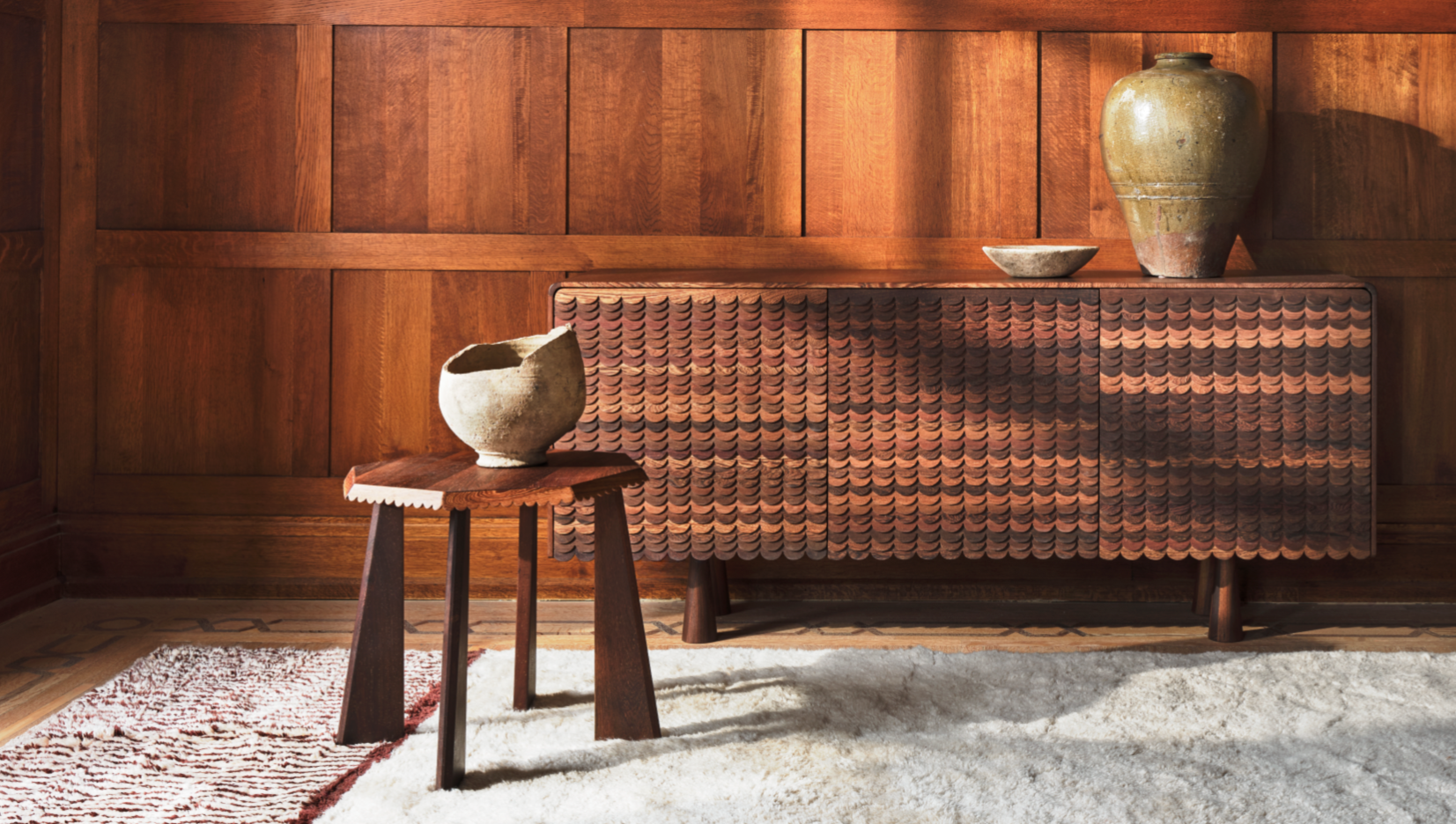

It has been nearly 20 years since we first met Botswanan designer Peter Mabeo in New York. The world and the design industry were different places back then: introspective, siloed, materialistic, frivolous. We marvelled at bombastic endeavours in shiny showrooms - ‘let’s supersize it, let’s carve it in marble, let’s stud it with diamonds’ - nothing was too extravagant; the ceiling of luxury could never be reached. Against this gluttonous backdrop Mabeo was an unusual figure. Voices from the entire continent of Africa were all but non-existent in what we arrogantly described as a global industry of design.
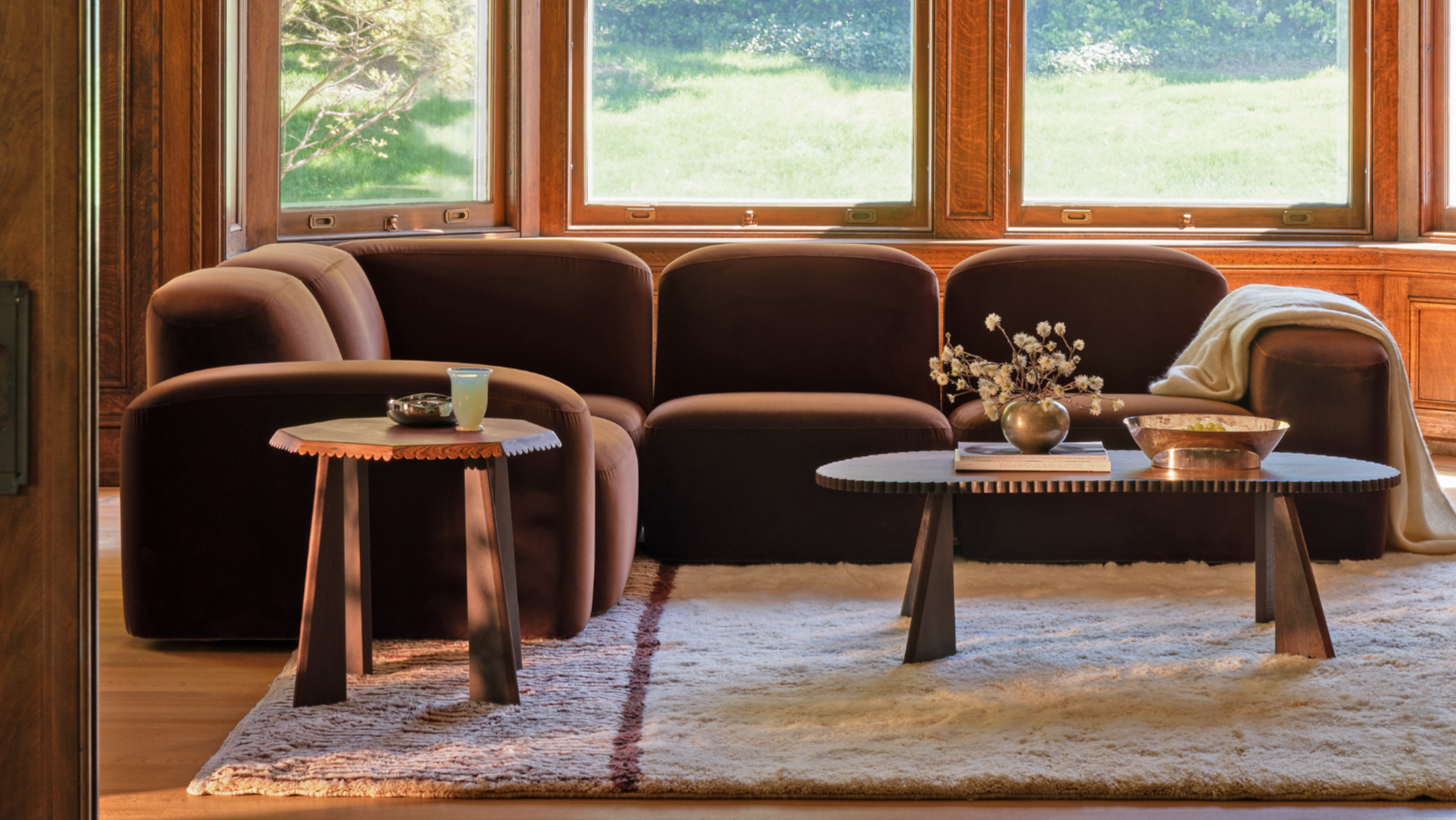
High side table and Coffee table from the Lesire collection by Mabeo Studio for Design Within Reach
It wasn’t just where Mabeo was from that was notable, it was the collection of furniture he showed. This was the result of a collaboration with Canadian designer Patty Johnson, which surfaced craft within design as a tool for telling stories about people and place, past and present. Here was design of integrity for social and cultural anthropology, more than commerce. Fast-forward two decades and we are mercifully an industry beginning to celebrate diversity and value integrity over frivolity as a mark of progress. The boundaries between craft and design are porous; our hunger for different voices and untold stories is insatiable.
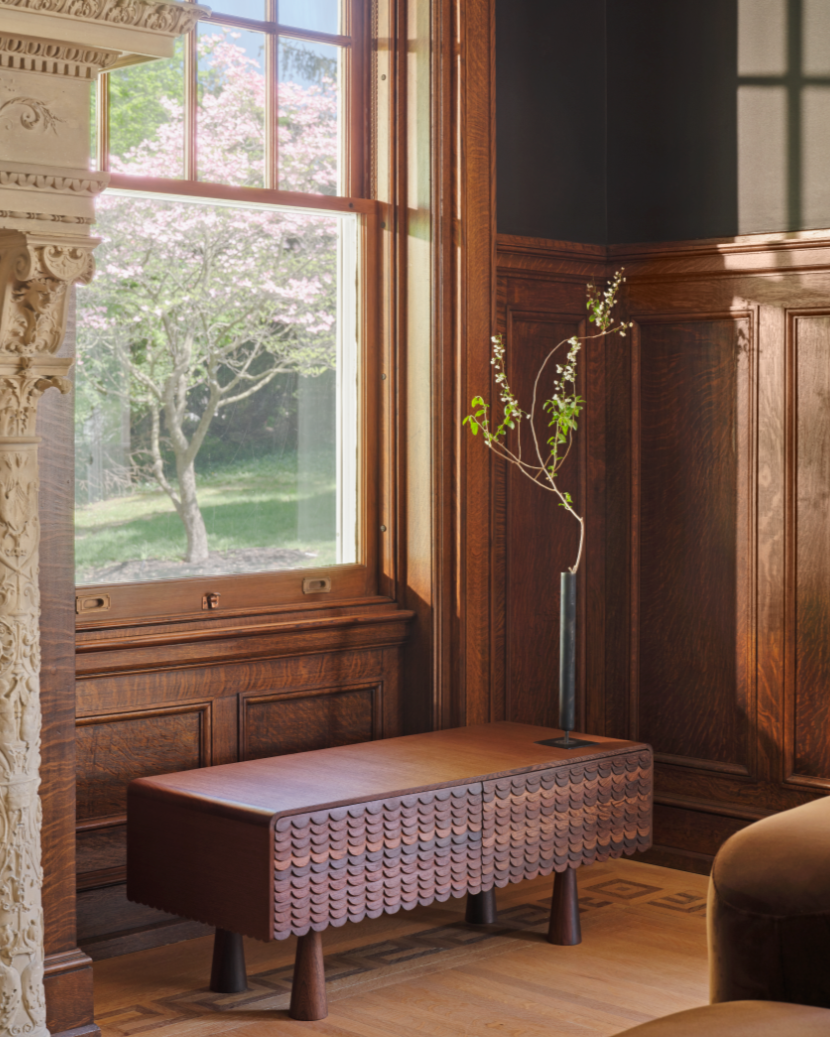
Storage bench from the Lesire collection by Mabeo Studio for Design Within Reach
Mabeo has been busy. His studio has collaborated with a series of renowned designers including Patricia Urquiola, Claesson Koivisto Rune, Vincent Van Duysen and Ines Bressand. But news of a new Mabeo Studio collection for Design Within Reach launching this week is a significant milestone. As the brand’s name suggests, the US-manufacturer and retailer exists at a scale that means Mabeo’s work is soon to be widely available beyond the upper echelons of design. With greater scale comes the potential for more widespread discovery, passion, impact perhaps. The collection is called ‘Lesire’, which in Tswana means ‘wedding veil’, and refers to the scalloped edge motif in the works, derived from crochet lace techniques learned and popularised among female groups in 1950s South Africa. We caught up with Peter on screen to find out more…
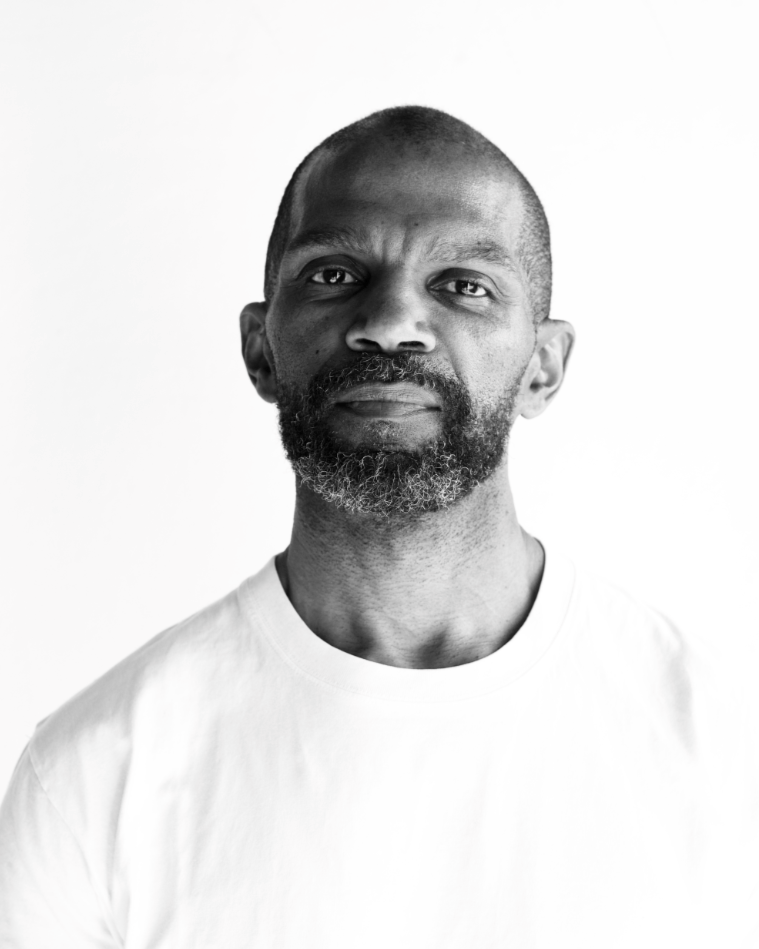
Peter Mabeo
Wallpaper*: What have been some significant shifts in the industry since those early days of Mabeo Studio?
Peter Mabeo: So much has happened and so much has stayed the same. The most significant change has been shifting perspectives on who we are and what we do. We have collaborated on many different projects, but we are still trying to get clarity on how best to work from where we are. For the past few years, we’ve started to look within. Each designer we have worked with has brought something different but there’s also a feeling of repetition that doesn’t encourage us to go beyond a certain level. We have addressed our studio structure, our workshop, our relationships with independent craftspeople and our production methods. Designers imparted so much knowledge, and now we can anchor our studio so collaborations become easier. Collaborating with us is interesting but not always an easy process – there is great disparity, geographically and mentally. Credit to those we have worked with to date for powering through!
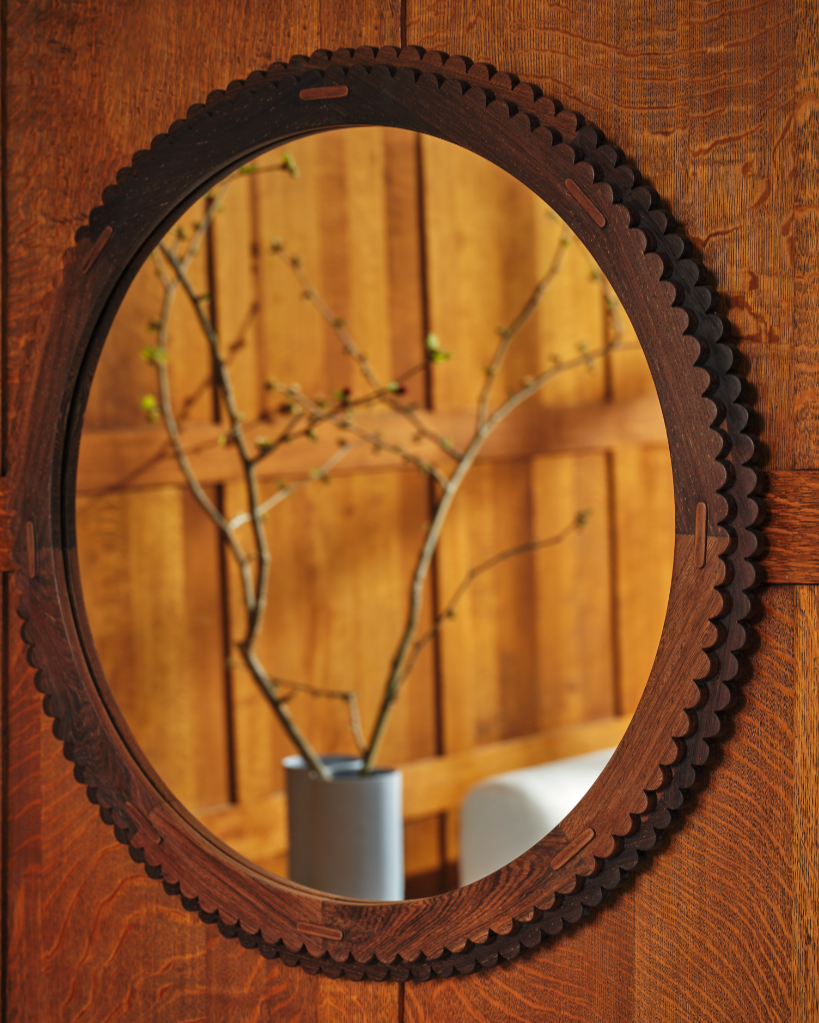
Wall mirror from the Lesire collection by Mabeo Studio for Design Within Reach
W*: How do you describe what you do?
PM: I think it comes back to simplicity. We strive to be in a position of simplicity. There are a lot of complicated perspectives to put aside. Our approach is very simple: we make furniture and objects with people we respect; using materials respectfully. Everything is integrated. We don’t do what we do to empower economies or feed capitalism. From where we stand, we have the advantage of not being caught up in such systems. I believe the world is trying to move away from this. We have a perspective to offer the industry because we are fresh.
Receive our daily digest of inspiration, escapism and design stories from around the world direct to your inbox.
W*: Do you find collaborating within the design industry gets easier?
PM: It’s definitely not seamless. Our relationships with the designers we’ve worked with at Mabeo Studio prepared us for working with others. It’s a question of trying to look for wiggle room within other people’s boxes. The boxes are expanding a little bit – there’s more room to wiggle to work out what might be possible. There’s more confidence to have candid conversations – there’s less pretentiousness.
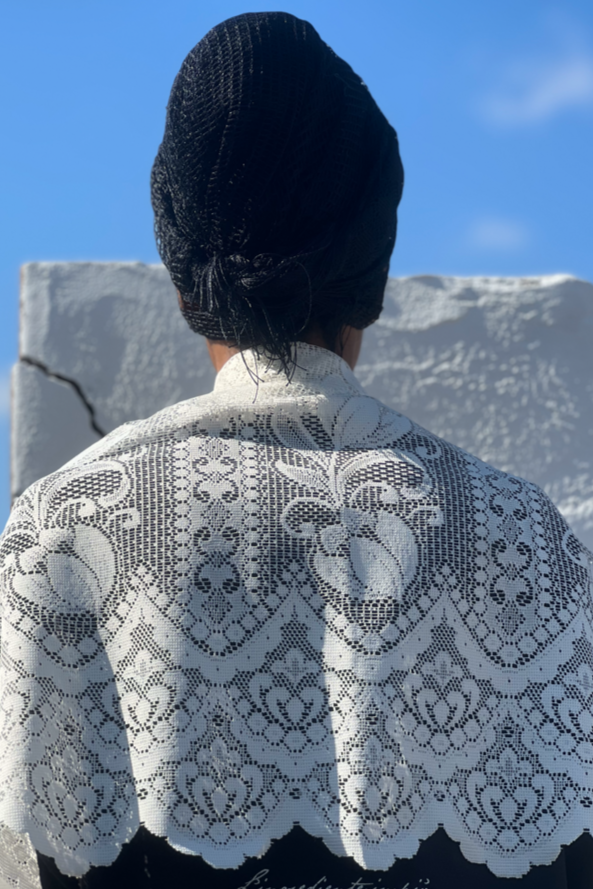
A lace scalloped edge motif was the starting point for the Lesire collection
W*: Tell us about the collaboration with Design Within Reach?
PM: We started by questioning what can we do that feels interesting when there are already so many products? What can we offer that's useful? It’s not about being competitive, and also not about digging into the complex histories. We were keen to find an aspect from our culture that we could reference without commercialising something sacred. We settled on the scalloped crochet techniques that were popular in the 1950s in South Africa. There’s a wonderful naivety to street culture from this period that is so pure. We are appropriating from our own culture with our own hands, which feels like a positive spin on the act of appropriating. There is a subtle message here too: traditional ways of life are being diminished. How do we translate this scalloped detail into a hard material? It becomes something interesting, gently enshrined.
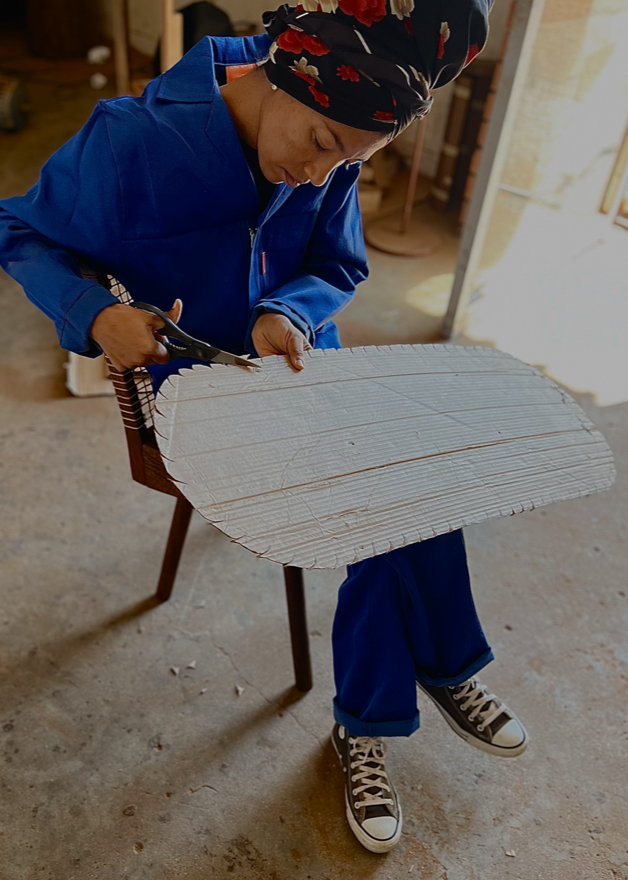
The Mabeo Studio workshop
W*: Have you enjoyed working at a different scale?
PM: It has been fascinating. A lot of time and energy is dedicated to the rationalisation process; conversations about merchandising, costing, warehousing, methodologies behind final decisions are made. It starts broad and then gets narrower. The potential reach with so many stores all over the US is exciting. Having a really wide footprint for people to see, touch and interact with our work is very different to showing in standalone showrooms or interior design projects. It’s not just about volume, we hope to reach more people who relate to what we do, the skills, references and soul within our work.
W*: Tell me more about the soul?
PM: Our pieces offer a certain quality: strong, tactile materials; craftsmanship and crafted details. The ways in which these pieces are made also have intangible qualities. For example the wood we buy from Mozambique comes from a sustainability project where there is no economic viability for such a mission, yet the people care about more than money. There is good energy behind every step in our process and this leaves intrinsic feelings in the furniture we make.
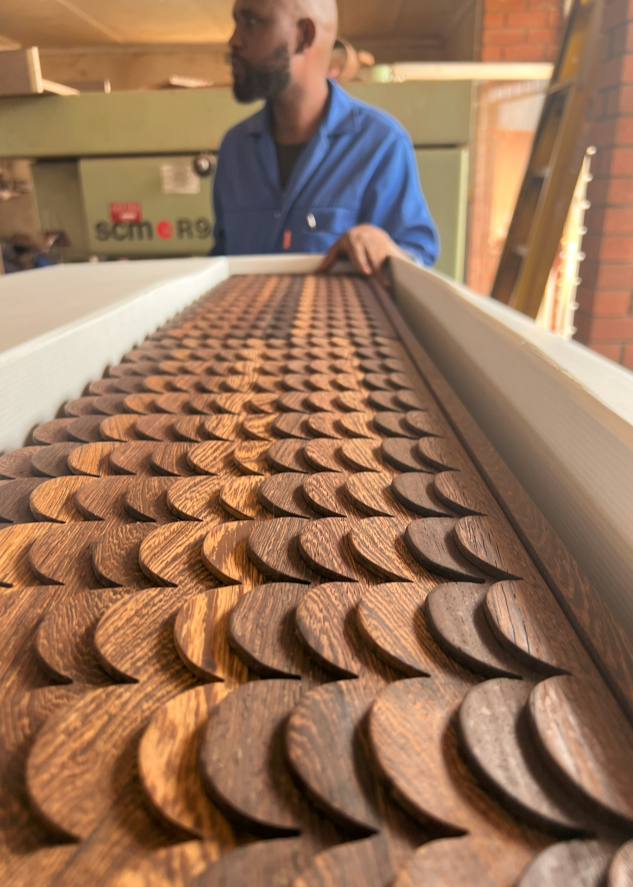
The Mabeo Studio workshop
W*: What has been your greatest learning from the collaboration?
PM: It’s really a reaffirmation of what we’ve always understood: relationships shouldn’t depend on commercially minded scales or corporate structures. Artisanal thinking is not a box. We need to be open to having difficult conversations so we can transition towards openness in society. I was surprised twenty years ago about the design industry’s structural barriers, which held design back from being more integrated into society. I thought designers should sit at the most influential tables where decisions were made. There’s a great deal of power in design, but people are too focused on end products rather than systems. I do feel the momentum is shifting towards a freedom that we’re yearning for – to open up and allow space for participation through different mediums and industries. It asks of us that we respond and are responsive. Design can be a very important subject in a small way.
W*: Please complete the line: 'For me design means....'
PM: Design has the power through small material acts to materialise freedom. People in other walks of life have to think in such grand and abstract terms that change becomes daunting. With design we can make small changes visible. Every project, each unit of matter, each thought can express beauty and integrity without exclusion or conflicting interests. There are small acts that weave a tapestry of progress.
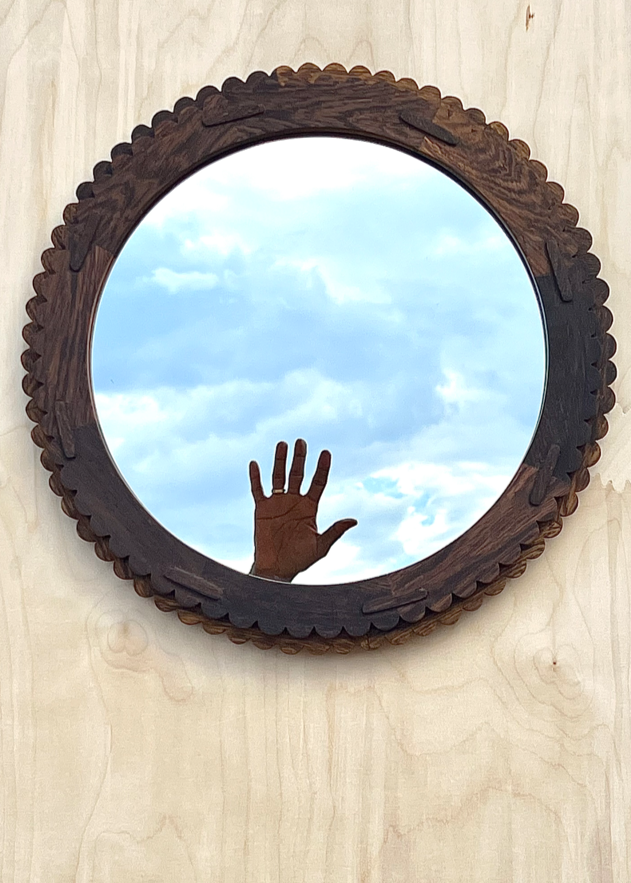
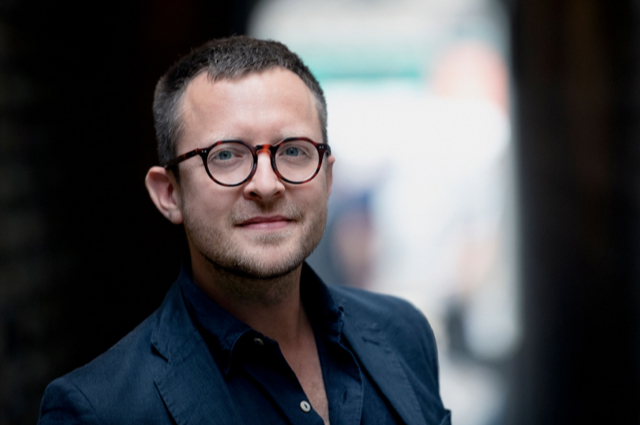
Hugo is a design critic, curator and the co-founder of Bard, a gallery in Edinburgh dedicated to Scottish design and craft. A long-serving member of the Wallpaper* family, he has also been the design editor at Monocle and the brand director at Studioilse, Ilse Crawford's multi-faceted design studio. Today, Hugo wields his pen and opinions for a broad swathe of publications and panels. He has twice curated both the Object section of MIART (the Milan Contemporary Art Fair) and the Harewood House Biennial. He consults as a strategist and writer for clients ranging from Airbnb to Vitra, Ikea to Instagram, Erdem to The Goldsmith's Company. Hugo recently returned to the Wallpaper* fold to cover the parental leave of Rosa Bertoli as global design director, and is now serving as its design critic.
-
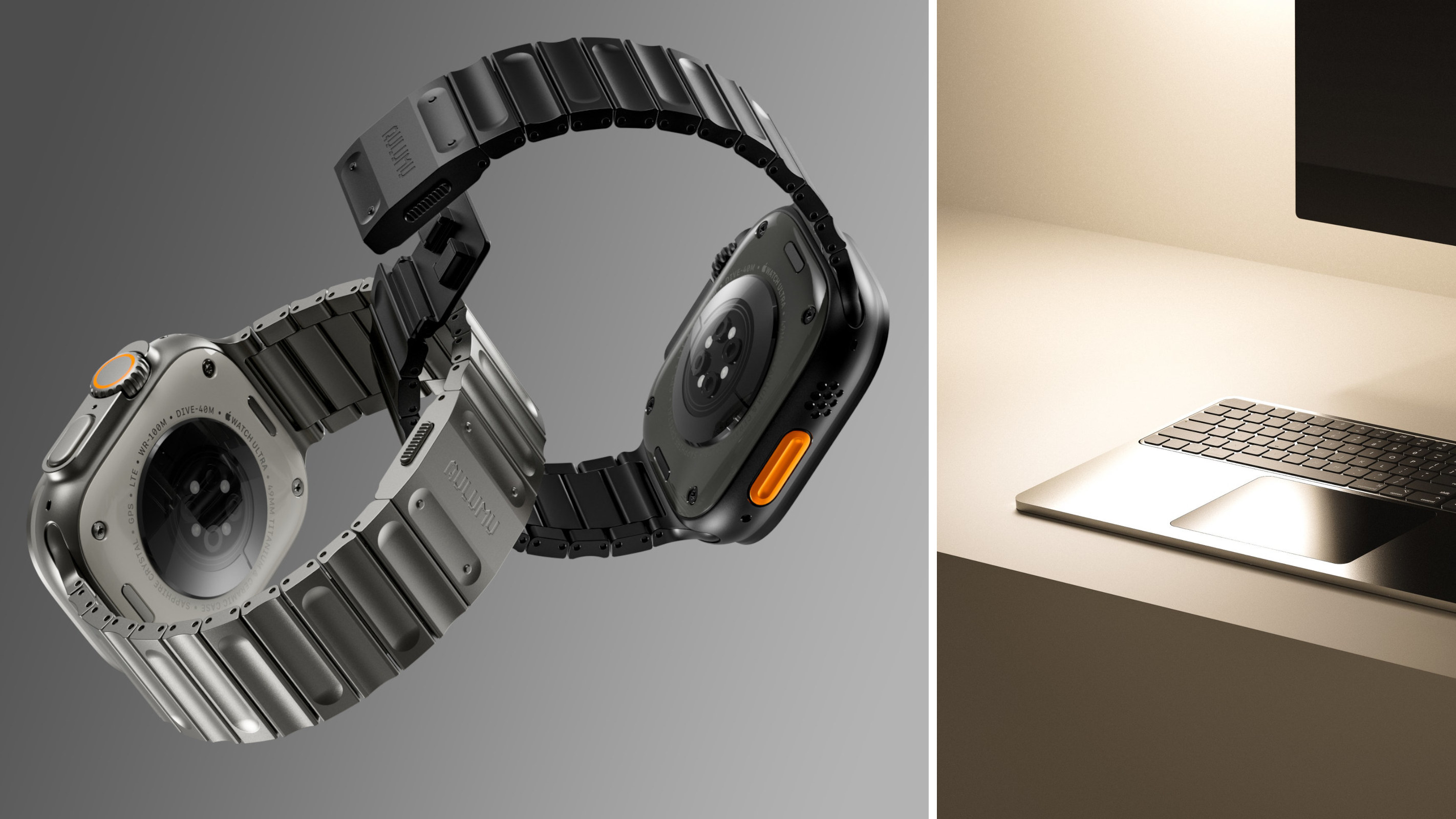 Seven covetable accessories designed to improve your Apple experience
Seven covetable accessories designed to improve your Apple experienceWe present a clutch of cultured accessories for all things Apple, from chargers to cases, straps and keyboard covers
-
 How Abidjan's Young Designers Workshop is helping shape a new generation of Côte d'Ivoire creatives
How Abidjan's Young Designers Workshop is helping shape a new generation of Côte d'Ivoire creativesIn the first in our Design Cities series, we look at how Abidjan's next generation of creatives is being nurtured by an enlightened local designer
-
 A tale of two Audis: the A5 saloon goes up against the A6 Avant e-tron
A tale of two Audis: the A5 saloon goes up against the A6 Avant e-tronIs the sun setting on Audi’s ICE era, or does the company’s e-tron technology still need to improve?